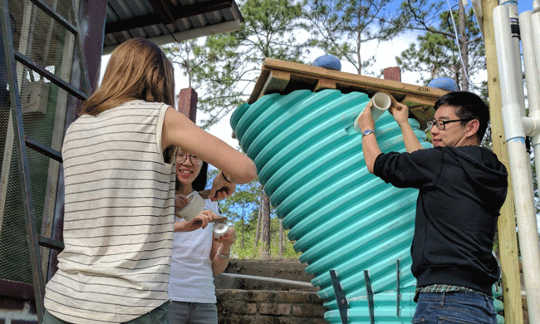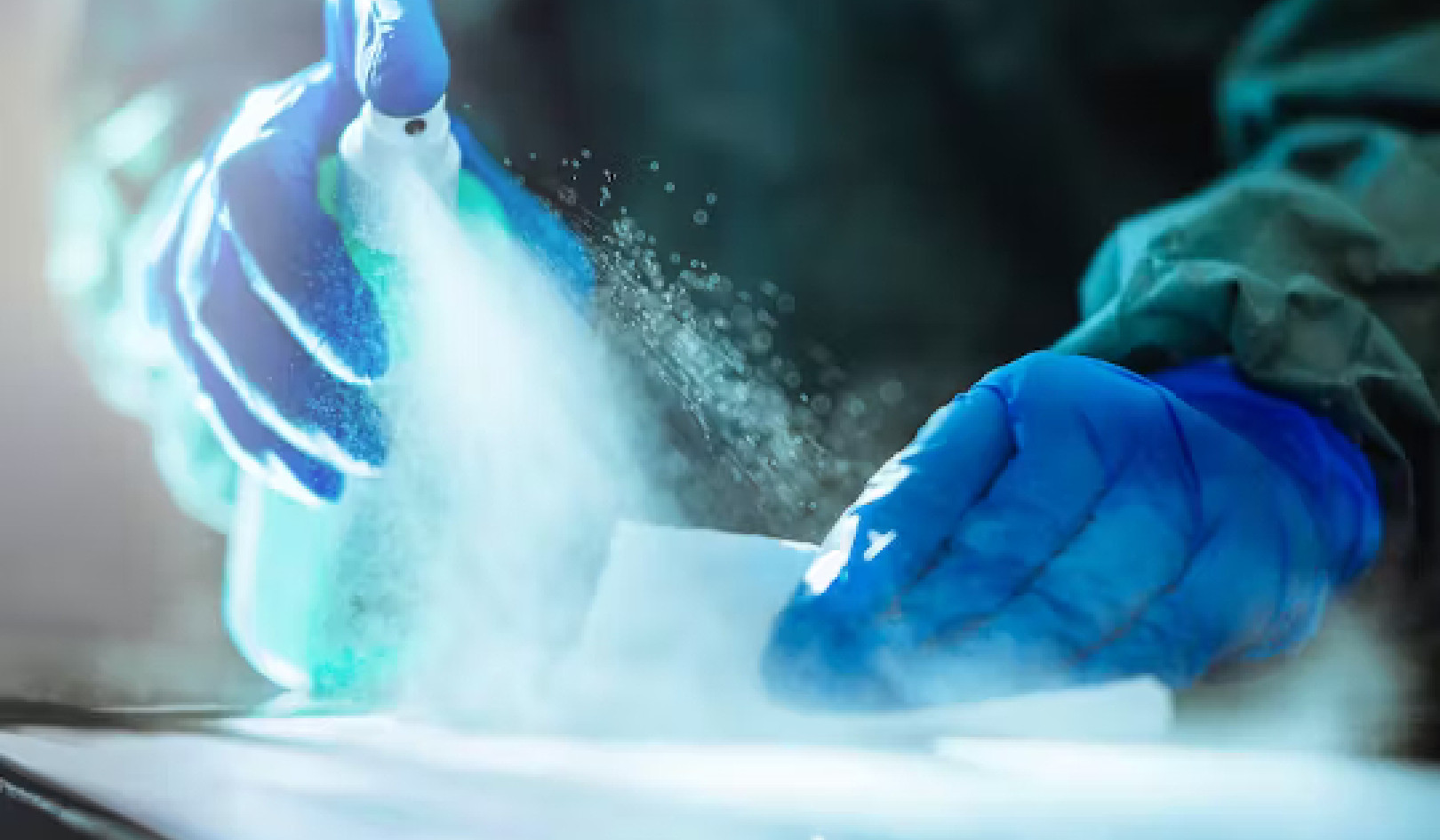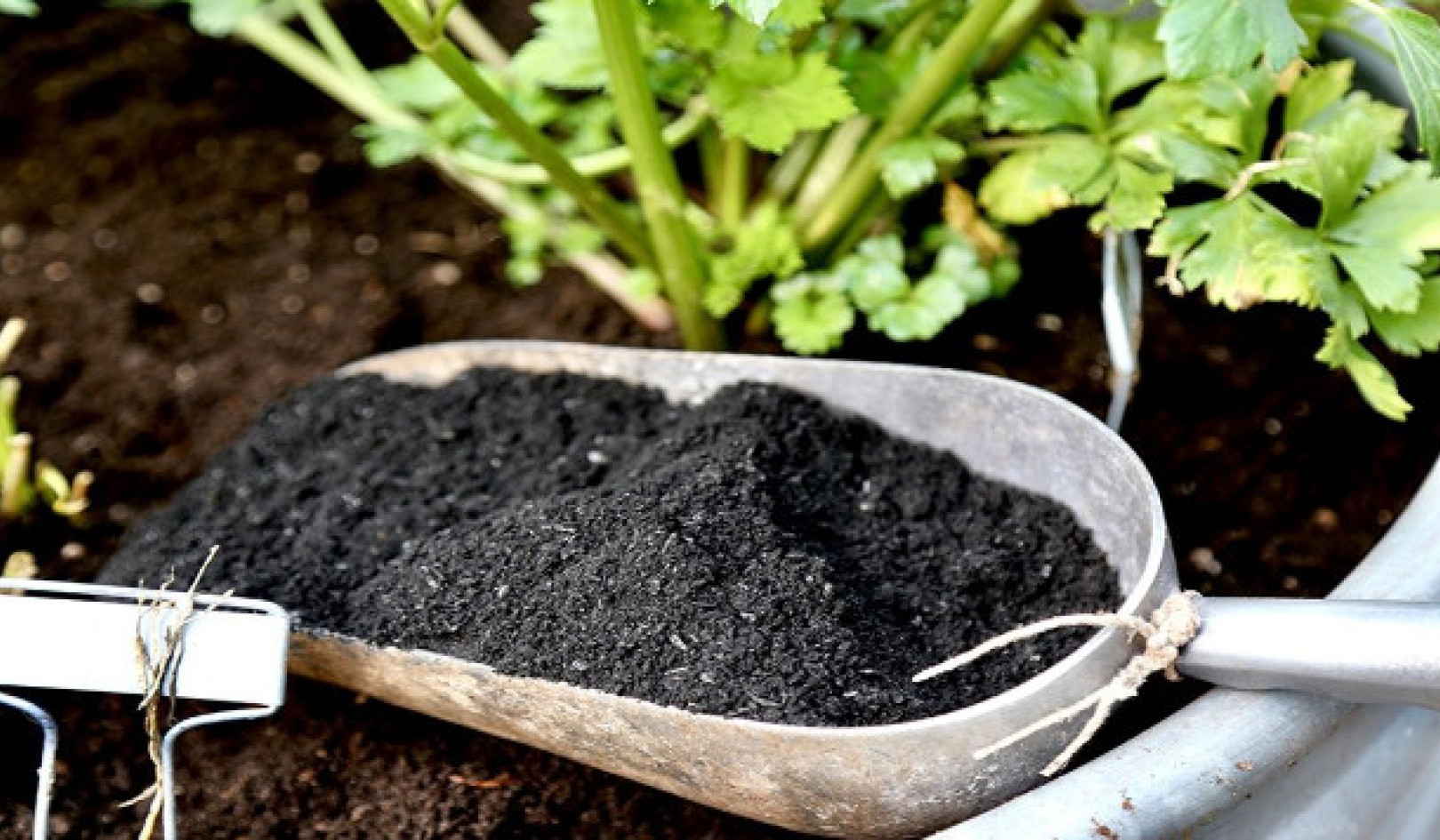
What’s at stake in a world where science is marginalized? Programs like AguaClara, which offer sustainable, low-cost solutions to communities in need.
Doña Reina remembers the water that ran from the faucet at her home in rural Honduras. It was yellowish, opaque, she said in Spanish, and “y sucia,” which means dirty. Then, in 2008, her small village of Tamara received its first water treatment plant, a gravity-fed system made of locally sourced materials that was designed by engineering students in the U.S. Today, Reina’s water is clean enough to drink from the tap.
The students were part of a Cornell University program called AguaClara, which focuses on treating water affordably in infrastructure-poor communities, and without using electricity. Since 2005, AguaClara, which means clear water, has helped complete 14 plants in partnership with Hondurans who planned and built the structures. Now locals own and operate these plants, which serve about 65,000 people.
Villages in Honduras with populations below 15,000 usually don’t have water treatment plants because building small plants is significantly less cost-effective than building large ones. As a result, about 4 million Hondurans experience the same lack of access to safe water that plagues 10 percent of the people on the planet.
Scaling up sustainable solutions to address this need requires the partnership of private and governmental investment, nongovernmental organizations, and the innovation of critical-thinking institutions like universities. But recent changes to policy and priorities at the federal level, as well as the nation’s current political climate, threaten both the philosophy and funding of these projects.
AguaClara’s lab in Ithaca, New York, is home to 60 undergraduate and graduate students who essentially run the show. They come from half a dozen different fields and are grouped into 19 teams, each with a specific task, like fabrication or ram pump design. Students program computers, manipulate valves, read temperature gauges, and measure pressures.
“We’re demonstrating the power of students when they’re given worthwhile work and space for autonomy,” said environmental engineer and AguaClara founder Monroe Weber-Shirk. He regularly nudges students to try things that may not work, and said he is comfortable with failure. “If they’re testing a parameter, I always encourage them to go until it fails so we know where that is,” he said. “It’s a way of extending knowledge.”
Testing hypotheses in both the lab and field brings the scientific method to life, and when it comes to cutting-edge research and experimentation, few institutions can match the capacity of universities.
“Universities exist to find the truth as best we can,” said Cornell emeritus professor Brian Chabot. Moving into an uncertain future, “universities are going to have to step up to their role to educate students about what critical thinking is really about.”
AguaClara’s support has come from a combination of private and public funding, including the National Science Foundation and a series of Environmental Protection Agency student competition awards. As Congress debates a bill that could influence the grant-making process of scientific agencies like the NSF, programs like AguaClara worry they’ll lose funding or even be excluded from applying for grants.
This would cause a ripple effect, not just in the development of science, but in knowledge transfer and even local ownership. AguaClara’s water treatment designs are open source. Their partner in Honduras, Agua Para el Pueblo (APP), relies on these plans as it negotiates contracts with communities and builds new plants. Then APP trains local operators and transfers plant ownership to the community, which adopts the plant, often adorning it with murals and mosaics inside and flowers and signs outside.
An operator’s first step in water treatment is taking out the particles, like microscopic clay, minerals, and pathogens that make water turbid. Maybe that sounds easy enough, but simple filters clog. Some systems rely on electric pumps and mixers, but when the power goes out, water treatment stops. Unless particles are removed, chlorine can’t effectively decontaminate the water.
Engineers have figured out that adding a coagulant to unfiltered water makes particles sticky and glom onto each other to form flocs, which are like snowflakes. As flocs get heavier, they drop to the bottom of the sedimentation tank and the water becomes clear. Water can then be drawn off, filtered through a column of sand, and chlorinated.
AguaClara’s newest sedimentation tank is a 3-foot-wide column of green corrugated plastic that is sealed at the bottom. Inside, dirty water flows between a stack of plastic plates, angled upward like fins, which slowly collect flocs.
Dubbed PF300 (for prefabricated), this system produces a liter of water per second—enough for 300 people—and is small enough to fit in the bed of a pickup truck. The design builds on 20 years of experimenting with a system that relies on gravity rather than electricity. Weber-Shirk said students perfected the rounded bottom of the sedimentation tank by piloting it under actual conditions, then working out glitches in the lab. Each January he leads students on a two-week trip to Honduras, where they stay with families, visit sites, help with plant upgrades, and plan for new projects.
“I had a theoretical understanding, but when you get to the plant and see how water flows through … it makes so much more sense,” said engineering senior Subhani Katugampala, who joined a trip in January. “You spend time with the community … and that makes you even more motivated to go back to the lab and do more work.”
This year, students and Hondurans installed PF300 in just three days. And these are plants Hondurans can afford. PF300 costs $3,000 in materials. The entire tab, including fabrication, transportation, siting, and maintenance, is projected to run about $15 to $30 for each person served, with annual fees of $2 to $5 per person. The town of Las Vegas, Honduras, just inaugurated its first AguaClara plant, and it was not directly funded by an outside donor. “In Honduras, that’s revolutionary,” Weber-Shirk said.
AguaClara has also begun working in India and Nicaragua, and plans to expand into other countries. Weber-Shirk hopes these water treatment plants will become permanent solutions for small towns by the end of 2017, and will eventually be used elsewhere during emergencies.
His students seem to have caught the bug. After Zoe Maisel, a Cornell junior, visited the town of La Esperanza in January, she wrote in the AguaClara blog: “I feel like I have been reintroduced to hope. Engineering is the details, the Mathcad, the problem sets, the fluids, but I am learning that work and engineering is not enough. Hope is the fuel for work. We hope for clean water, safer families, more equitable societies, environmental protection, and stewardship, justice.”
This article originally appeared on YES! Magazine
About The Author
Carrie Koplinka-Loehr wrote this article for YES! Magazine. She has a master’s degree in science education. More at http://naturesally.weebly.com/.
Related Books
at InnerSelf Market and Amazon























